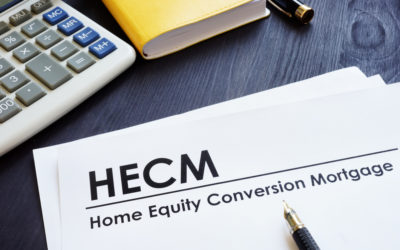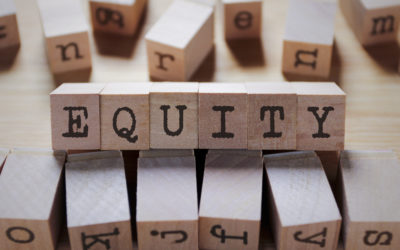When you buy a home, the property’s value will appreciate over time, allowing it to build equity. However, this isn’t the case with upside-down mortgages. Having an upside-down mortgage means you owe more money on a home than it’s worth, which can be caused by several factors, such as decreasing home values. This can be a stressful and exhausting event for homeowners, and while it isn’t ideal, there are ways to improve the status of your mortgage.
Key takeaways
- An upside-down mortgage is when homeowners owe more than the fair market value of the property. This is also known as an underwater mortgage.
- An upside-down mortgage can happen when there are dips in the housing market, missing mortgage payments, and a small down payment.
- Underwater mortgages can make it difficult to refinance or sell your home.
What is an upside-down mortgage?
An upside-down mortgage refers to a home loan that has a principal higher than the actual value of the property, meaning it has negative equity. This is also known as an underwater mortgage and it was a common occurrence during the financial crisis of 2008. To find out if you’re upside-down on your mortgage, check in with your lender to find out how much you currently owe. Then, you’ll determine your property’s value and subtract the two quantities. If you’re left with a negative number, your mortgage may be at risk.
How does an upside-down mortgage happen?
Upside-down mortgages can happen for several reasons, including a steep market decline or a borrower missing loan payments. To avoid upside-down mortgages, it’s crucial to understand how they happen. Here are some of the most common causes of upside-down mortgages:
- Change in neighborhood property values: The value of your home may fluctuate depending on the average property value in your neighborhood. For instance, say you bought a house a few years ago and you owe $500,000 on the mortgage. Due to factors like inflation and foreclosures, the property value around you starts to plummet, causing your home to be worth $250,000 while still owing $500,000.
- Missed mortgage payments: Missing mortgage loan payments can cause the interest on your loan to compound, making it more challenging to pay off what is owed. As the principal remains constant and interest accumulates, the overall loan will continue to climb until payments are made.
- Little-to-no down payment: Generally, mortgage lenders require a 20% down payment or higher, but there are ways to bypass this obligation. However, the less money you put down for a home, the less equity you’ll start off with, leaving you without a cushion to fall back on should the market drop.
What are the consequences of having an upside-down mortgage?
Having an upside-down mortgage can pose several issues. For instance, homeowners who wish to sell their property while their mortgage is upside-down may have trouble landing the sale. This is because buyers are interested in purchasing a home at its current value, making it difficult to pay off the mortgage loan debt with money earned from the sale. It can also be challenging to refinance the property since it doesn’t have equity.
What can you do if you have an upside-down mortgage?
It can be overwhelming when you owe more than what your property is worth. Fortunately, there are various ways that you can recover from an upside-down mortgage, such as:
- Loan modifications: A loan modification may reduce your monthly mortgage payments, making it easier to get your loan back in good standing. However, it may extend the terms of your mortgage.
- Short sales: With a short sale, the lender agrees to sell the property at its current value. However, because it’s not profitable for them, this may be a last resort before suggesting a foreclosure.
- Foreclosure: In this situation, the lender will take ownership of your home. A deed-in-lieu foreclosure should only be considered until every other option has been attempted, as it can severely impact your ability to secure other types of loans for retirement.
The course of action you take also depends on whether or not you want to continue owning the property despite having an upside-down mortgage.
All home loans can quickly turn into an upside-down mortgage, which is why it’s essential to speak with a mortgage specialist to help you understand the costs of a reverse mortgage and your heir’s responsibilities regarding reverse mortgages.

 1-866-840-0279
1-866-840-0279


